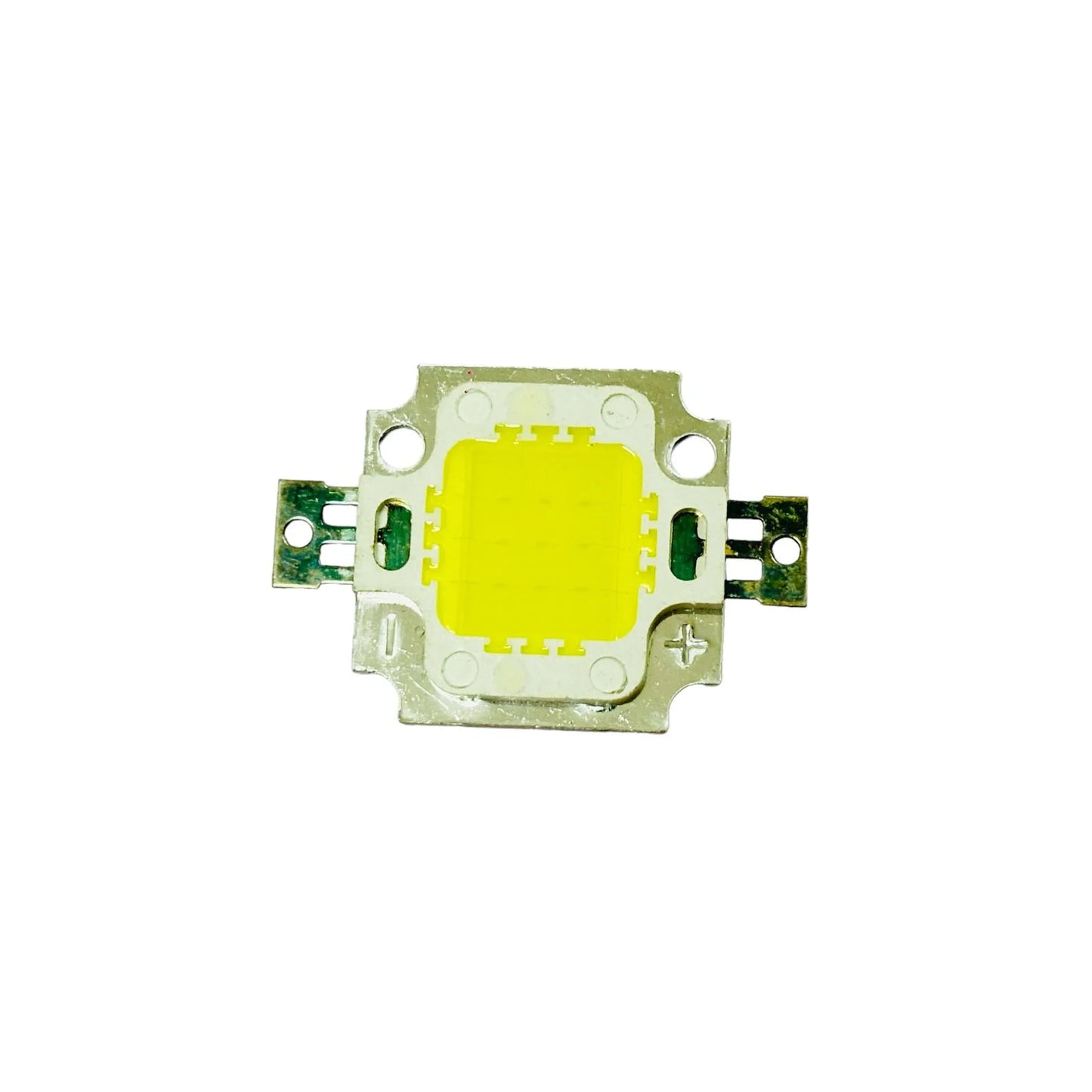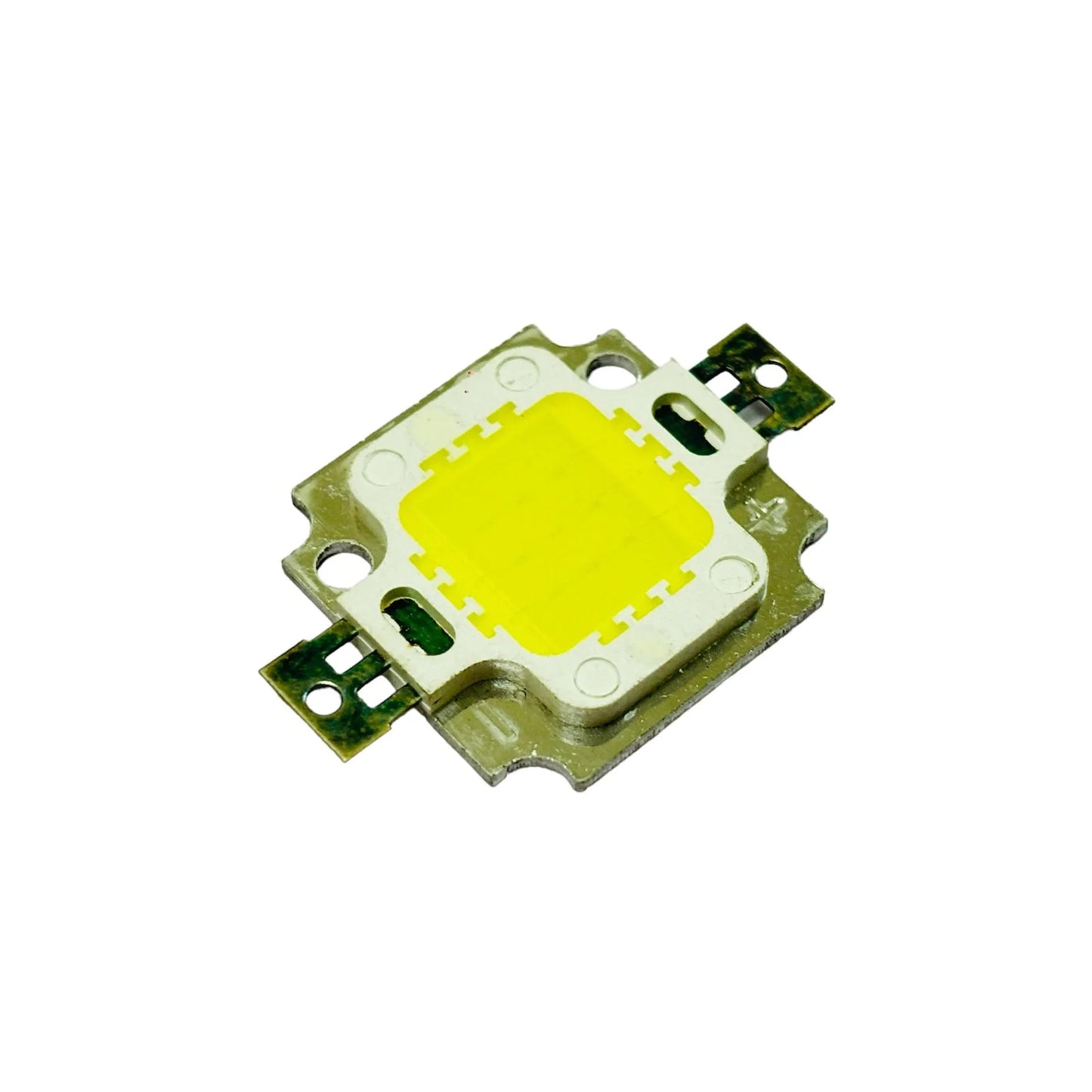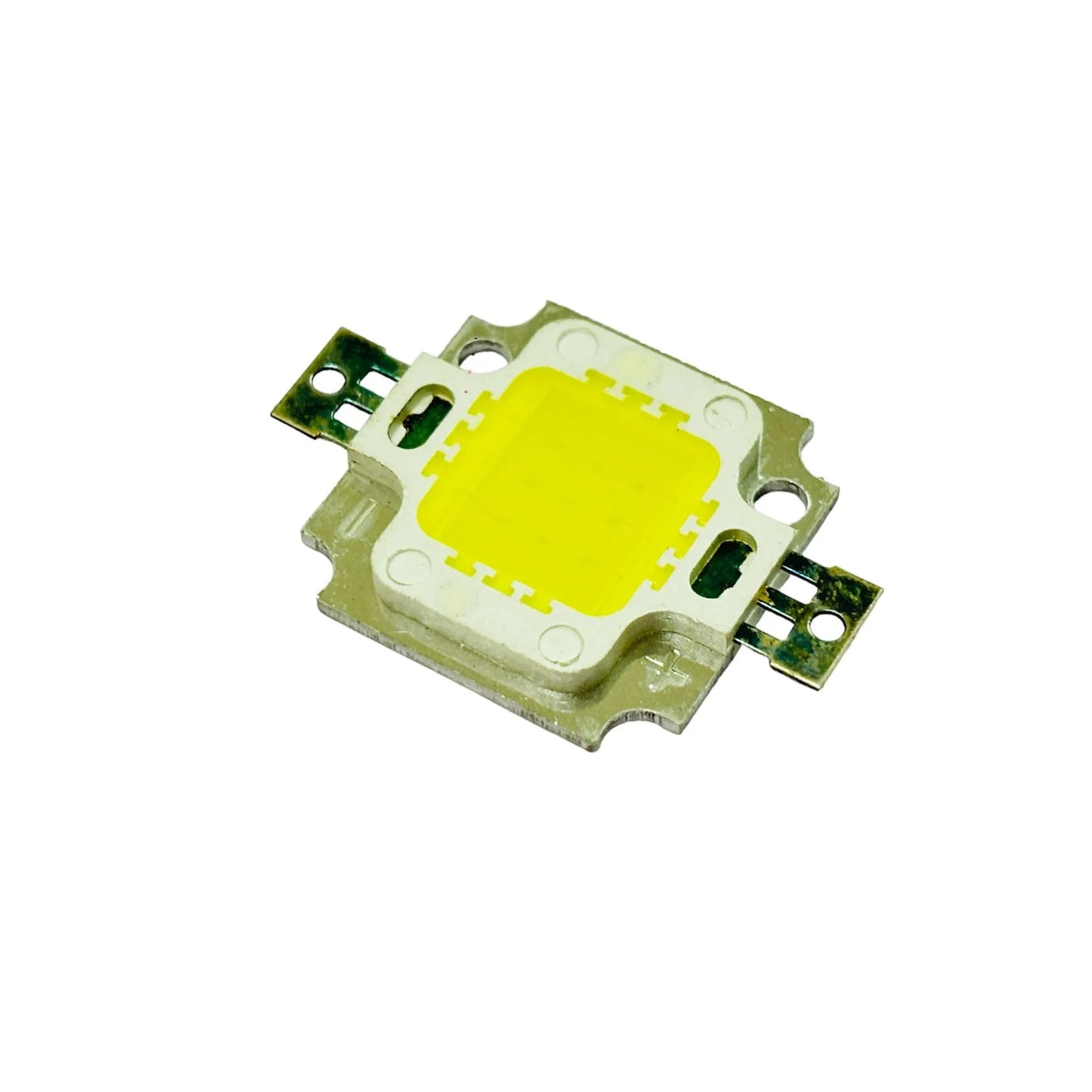Harish Projects
9V White LED Light for Lamp/Torch
9V White LED Light for Lamp/Torch
Couldn't load pickup availability
Share
Specification
- Voltage: 9V
- Color: White
- Size: 18x18x1 (mm)
- Uses: Torch, Lamp, Decoration etc.
Description
A 9V white LED light is an electronic lighting device that emits white light when connected to a power source with a voltage of 9 volts. LED stands for Light Emitting Diode, which is a semiconductor device that converts electrical energy into light.
The term “white” in this context refers to the color temperature of the light emitted by the LED. White LEDs typically produce a light color that falls within the range of cool white to warm white, depending on the specific LED technology used. Cool white LEDs have a higher color temperature and emit a bluish-white light, resembling daylight. Warm white LEDs have a lower color temperature and emit a yellowish-white light, resembling incandescent bulbs.
The 9V rating indicates the voltage required to power the LED. LEDs are low-voltage devices and typically operate within a specific voltage range. In the case of a 9V LED, it is designed to be powered by a 5-volt power supply or a power source providing a stable 9-volt output.
White LEDs have become popular due to their energy efficiency, long lifespan, and versatility. They are commonly used in various applications, including lighting fixtures, automotive lighting, electronic devices, signage, displays, and more. The compact size and low power consumption make them suitable for a wide range of lighting solutions.
A 9V white LED (Light Emitting Diode) is a type of LED that operates at a voltage of 9 volts. Here are some specifications you might find for a typical 5V white LED:
1. Voltage: 9V – This LED operates at a voltage of 9 volts, which means it can be directly powered by a 9V power source such as a USB port or a 9V power supply.
2. Color: White – The LED emits white light, which is a combination of different colors to produce a neutral or cool white illumination.
3. Luminous Intensity: The luminous intensity of an LED refers to the amount of visible light it emits. It is typically measured in lumens (lm) or millicandela (mcd). The specific luminous intensity will vary depending on the particular model and manufacturer of the LED.
4. Viewing Angle: The viewing angle of an LED refers to the angle within which the emitted light is visible. It is usually measured in degrees (°). The viewing angle determines the spread of the light beam emitted by the LED. Common viewing angles for LEDs can range from narrow (e.g., 15°) to wide (e.g., 120°) depending on the application.
5. Forward Current: The forward current is the current required for the LED to operate at its specified luminous intensity. It is typically measured in milliamperes (mA). The specific forward current will depend on the LED’s design and efficiency.
6. Power Consumption: The power consumption of the LED is related to the forward current and voltage. It can be calculated using the formula: Power (in watts) = Voltage (in volts) x Current (in amperes). For a 5V LED, the power consumption will depend on the forward current and can be calculated accordingly.
7. Package Type: LEDs come in various package types, such as through-hole LEDs or surface-mount LEDs. The package type determines the physical form and mounting method of the LED.
It’s important to note that the specifications of a specific 9V white LED can vary depending on the manufacturer and model. Therefore, it is advisable to consult the datasheet or product specifications provided by the manufacturer for accurate and detailed information about a particular LED.



All product best quality



